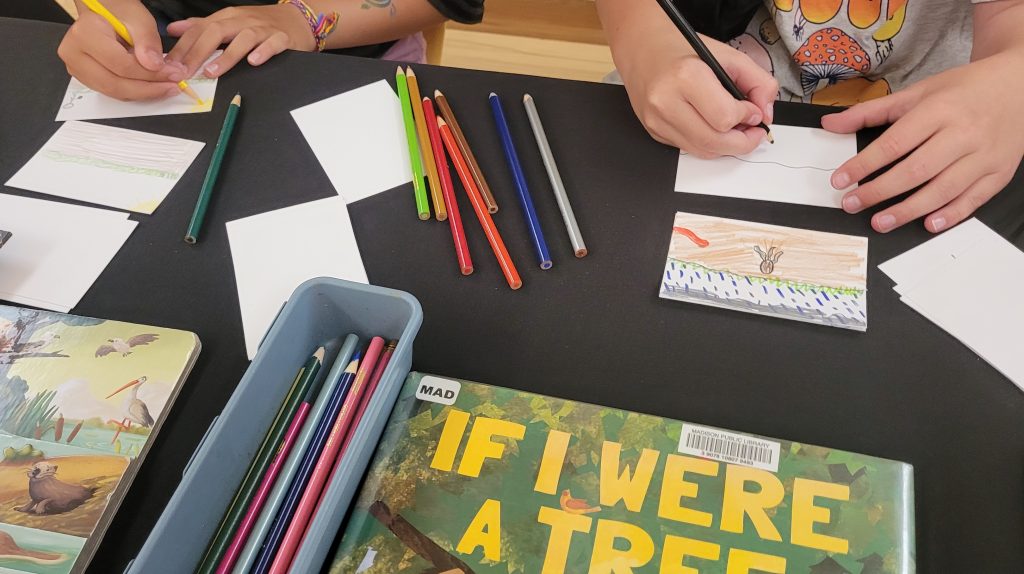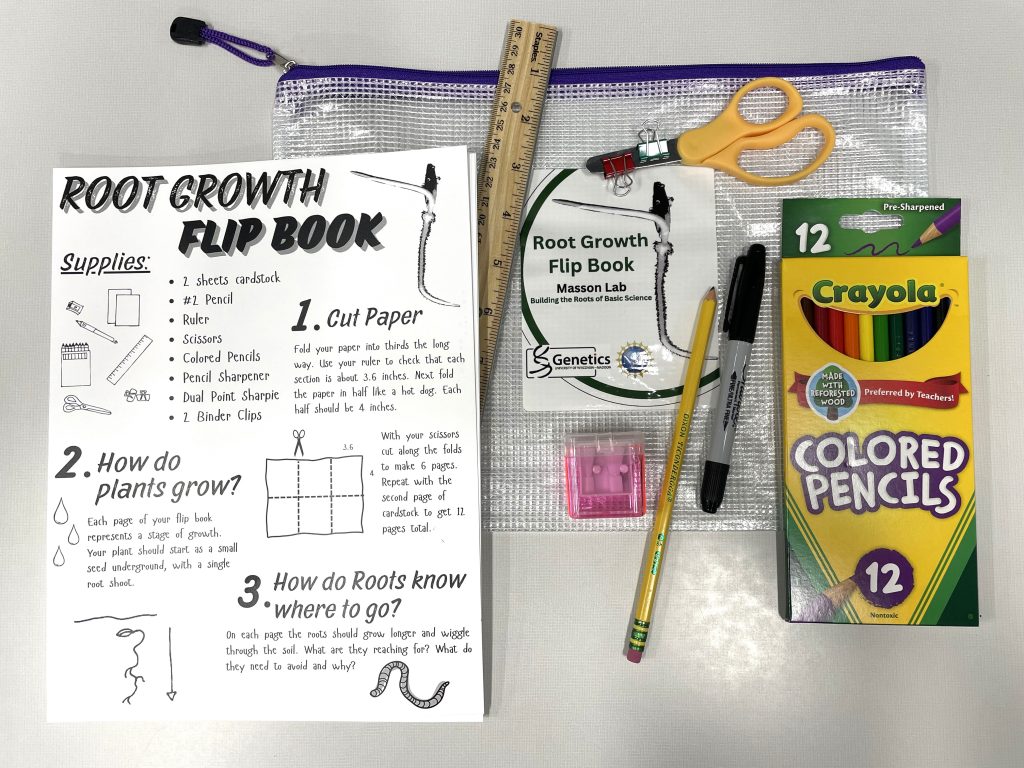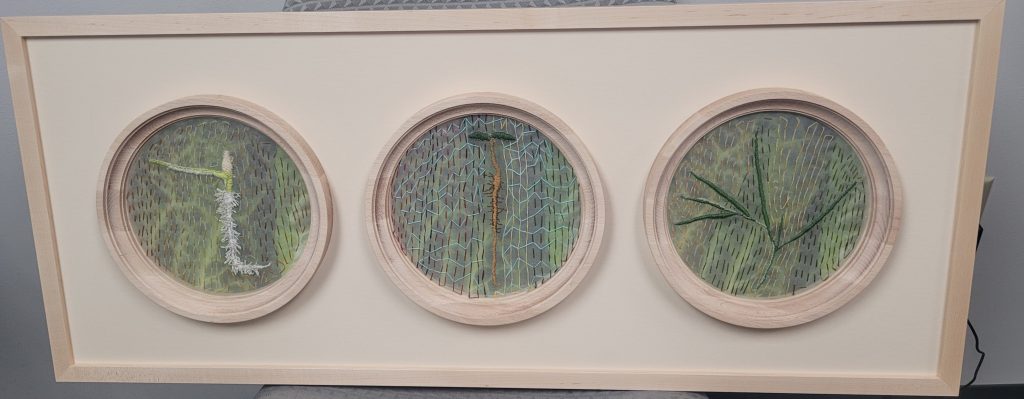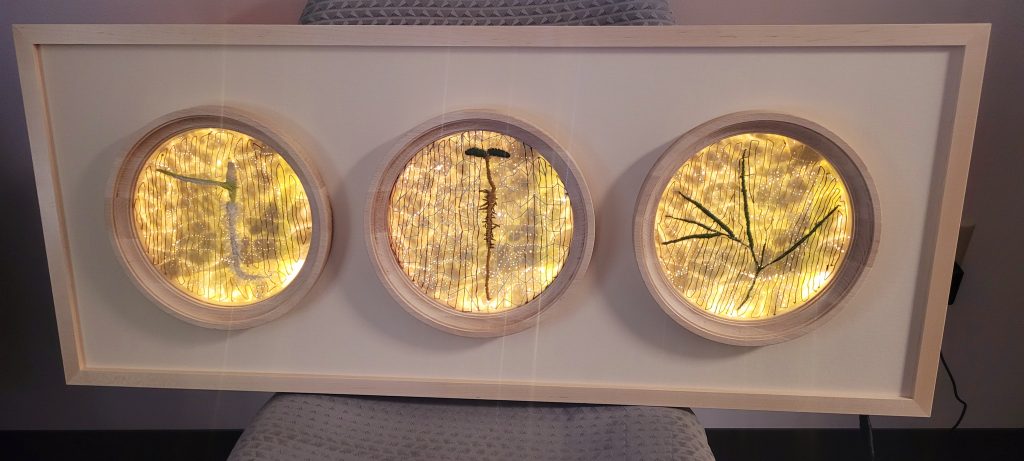Genetics collaboration unearths hidden world of root growth for Wisconsin kids

How does your garden grow? It’s a question asked often enough that it even appears in nursery rhymes. When Angela Johnson, local artist and teaching faculty member in the UW–Madison Art Department, was asked to create a hands-on experience for kids to answer that question, she turned to another childhood favorite: flip books.
To get the books flipping, Johnson teamed up with Patrick Masson, professor of genetics. Masson studies molecular mechanisms that allow roots to respond to parameters in their environment, such as gravity and touch. He was recently awarded a grant from the National Science Foundation for a research project centered on root growth that included funding for outreach. He and Johnson, who has worked on art and science fusion projects since 2006 and studied as a bookmaker, came up with the idea to help kids create flip books to illustrate the root growth concept.

“We wanted a hands-on experience that could help kids understand what ingredients are needed for roots to grow,” Johnson says. “I wanted it to be something they could hold and make themselves so they could see the progress of the root growth on every page.”
After some early trials and retooling, the team landed on a simple instruction sheet inside a kit that included all the necessary supplies to create the flip book. Once a root was chosen, kids followed their instruction sheet to draw their plant growing at different stages. They would think about questions posted on the sheet (e.g., “How do roots know where to go?”). With their drawings of the different stages of growth complete, the budding artists assembled their books and “animated” them by rapidly flipping the pages.
More than 500 kits were produced, packed and distributed to botanical gardens, libraries, museums and other locations throughout Wisconsin in 2024 and early 2025. At many locations, families had the option to grab a kit to take home or to sit down at a hosted event to create their flip book. Some kids arrived with specific ideas, while others looked through materials to find their chosen root.
“One boy wanted to draw a carrot that would get eaten by a rabbit,” says Johnson. “We wanted to leave it open-ended so families and kids could choose their own plant and their growing conditions. We worked with youth librarians to find books and reading suggestions to go with the activity.”

The team plans to take the flip book kits to the Wisconsin Science Festival this fall, and root growth lesson plans for elementary school teachers are available on Masson’s outreach webpage. Johnson heard positive feedback about the kits throughout the project, and kids provided important feedback that she and Masson hope to use as updates in their next version, such as perforated pages and seed packets that could be grown at home, if further funding is approved.
“The development of the project was so great,” Masson says. “We had such an advantage with Angela here because when you’re doing plant research, things seem obvious that probably aren’t obvious to kids. Angela kept asking us how we could simplify our ideas at every step. And it came out so well.”
Johnson has also been working on illustrating plant growth with another work of art for the genetics department. Her newly finished piece features three circular wooden frames mimicking views through a microscope or camera lens. Within the circles are hand embroidered images of plants laid over botanical greenery. Each circle represents a different aspect of plant growth. When the integrated lights are turned on, the embroidery is illuminated from behind.
“The idea for this triptych started when I challenged myself to learn embroidery,” Johnson says. “I made a small cloth book on native northern water plants and showed it to Patrick. He thought I was onto something, so I was inspired to continue.”
The artwork will be hung in a meeting room on the first floor of the Genetics Building. It will become Johnson’s third piece chosen to be displayed the building.



